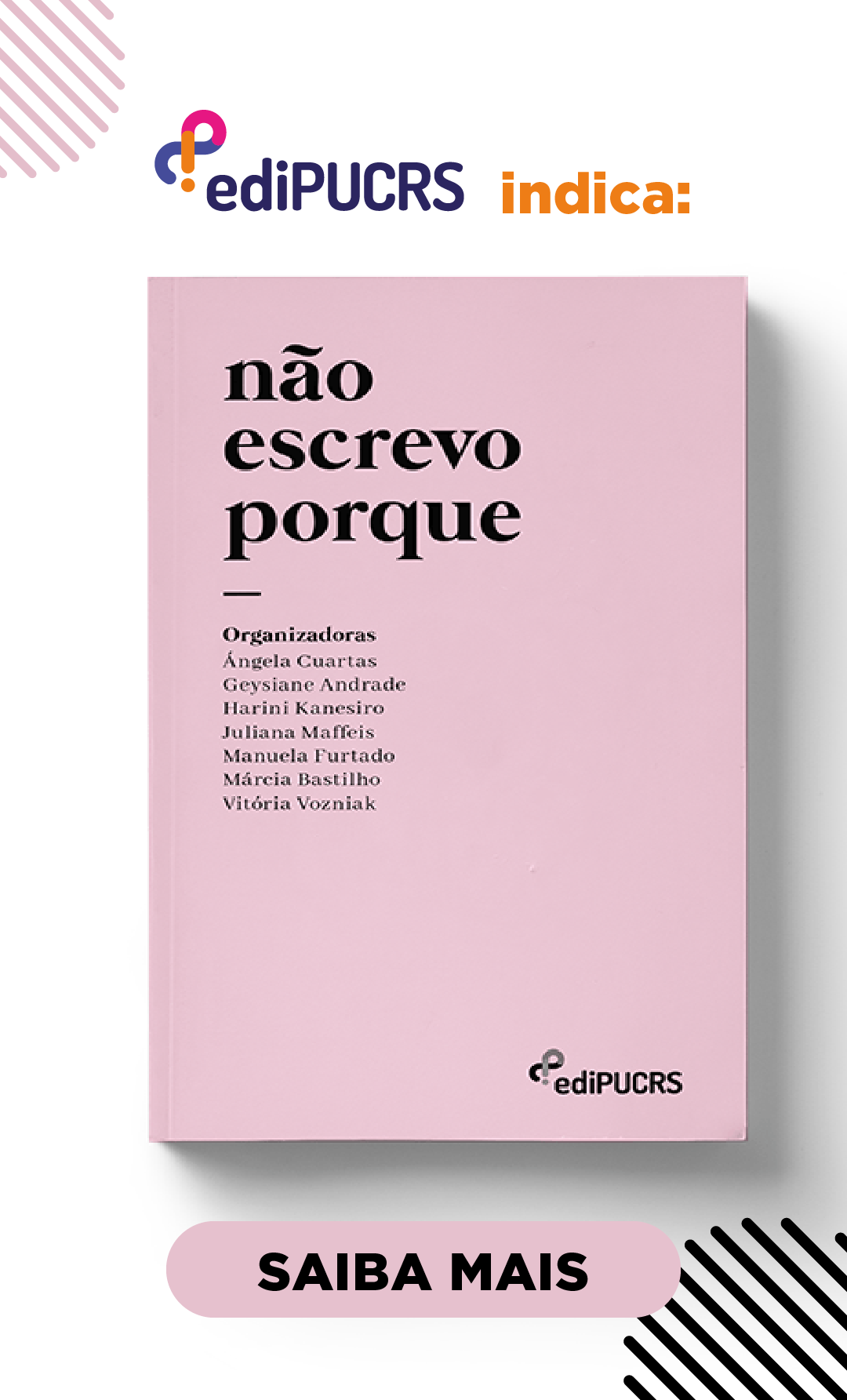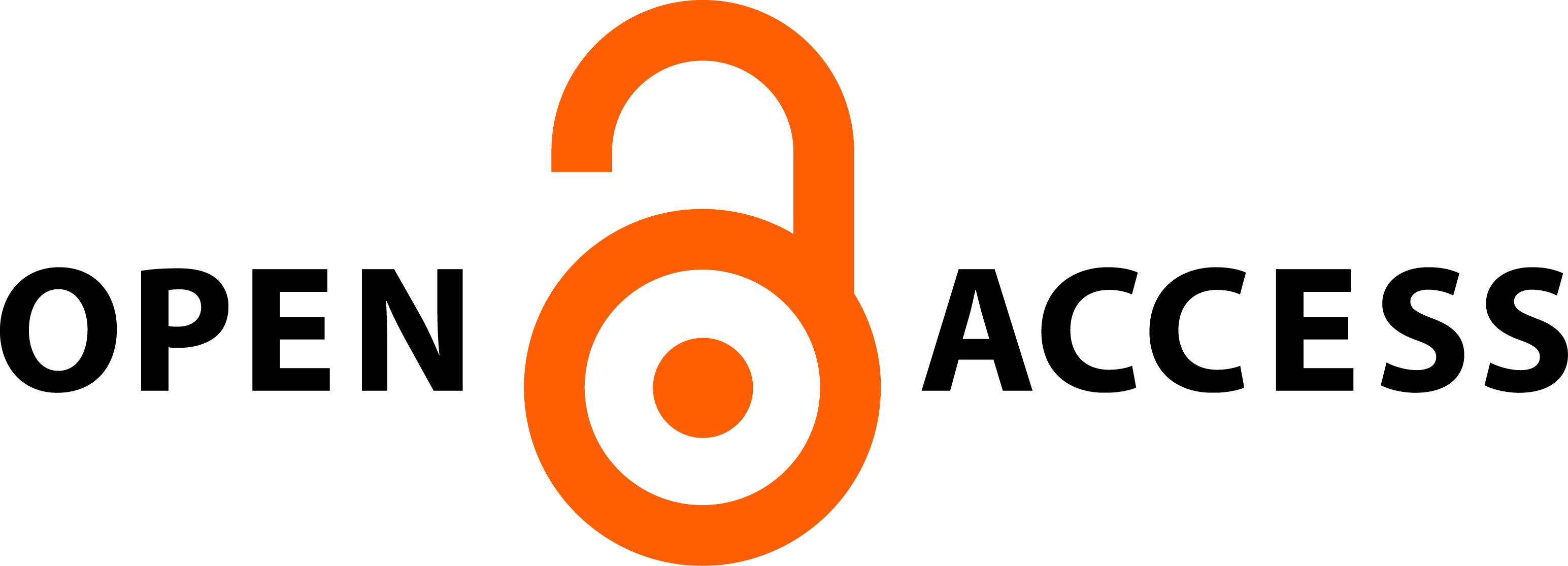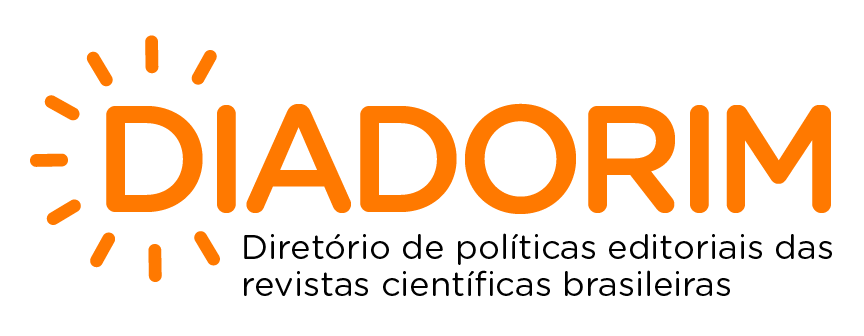Handwriting versus typing
Cognitive implications in reading acquisition process
DOI:
https://doi.org/10.15448/1984-4301.2020.4.37514Keywords:
Cognition, Handwriting, Reading acquisition, Visual recognition, Procedural memoryAbstract
With new writing technologies, pen and paper are being replaced by the keyboard or by the touch screen. If schooled adults write little by hand, is it important to continue teaching small children how to handle pencil and pen? The present work aims to understand what are the cognitive implications of learning handwriting as opposed to typing on the keyboard or touch technology. For this, an integrative bibliographic research was carried out based on the contributions of Longcamp et al. (2005; 2008) and other researchers who investigate the processes involved in learning to read and the ability of the human being to adapt to writing and, later, to digitization, due to their brain plasticity (DEHAENE, 2010; CARR, 2012; KOLINSKY, 2015). Studies indicate that handwriting allows the formation of procedural memories related to letter tracing (IZQUIERDO, 2018), contributing to the visual recognition of letters, as well as to overcome the mirroring phase (SCLIAR-CABRAL, 2013). Visual recognition of letters combined with phonemic awareness is the first step to be consolidated in order to achieve the reading of the words and later the comprehension. Once this initial condition is disadvantaged, the process of learning to read becomes slower and, often, deficient. Therefore, the bibliographic research conducted here suggests that typing should not replace handwriting in the initial learning of reading and writing by children
Downloads
References
BAJARD, Elie. Ler e dizer: compreensão e comunicação do texto escrito. São Paulo: Cortez Editora, 1994.
CARR, Nicholas. A geração superficial: o que a Internet está fazendo com os nossos cérebros. Rio de Janeiro: Agir, 2011.
CHANGEUX, Jean-Pierre. Prefácio. In: DEHAENE, Stanislas. Os neurônios da leitura: como a ciência explica nossa capacidade de ler. Tradução de Leonor Scliar-Cabral. Porto Alegre: Penso, 2012. p. 9-14.
CULKIN, John M. A schoolman’s guide to Marshall McLuhan. The Saturday Review, [s. l.], p. 51-53, 70-72, 1967.
DEHAENE, Stanislas. Apprendre a lire: des sciences cognitives à la salle de classe. Paris: Odile Jacob, 2011.
DEHAENE, Stanislas. A aprendizagem da leitura modifica as redes corticais da visão e da linguagem verbal. Letras de Hoje, Porto Alegre, v. 48, n. 1, p. 148-152, 2013.
DEHAENE, Stanislas. Os neurônios da leitura: como a ciência explica nossa capacidade de ler. Tradução de Leonor Scliar-Cabral. Porto Alegre: Penso, 2012.
DEHAENE, Stanislas; PEGADO, Felipe.; BRAGA, Lucia W.; VENTURA, Paulo; FILHO, Gilberto Nunes; JOBERT, Antoinette; DEHAENE-LAMBERTZ, Ghislaine; KOLINSKY, Régine; MORAIS, José; COHEN, Laurent. How learning to read changes the cortical networks for vision and language. Science, [s. l.], v. 330, p. 1359-1364, 2010. https://doi.org/10.1126/science.1194140
DOMINGOS, Ana Cláudia Munari. Hiperleitura e leituras: pensando a formação de hiperleitores. In: RAABE, André Luís Alice; GOMES, Alex Sandro; BITTENCOURT, Ig Ibert; PONTUAL, Taciana (org.). Educação criativa: multiplicando experiências para a aprendizagem. Recife: Pipa Comunicação, 2016. p. 109-157.
GABRIEL, Rosângela; MORAIS, José; KOLINSKY, Régine. A aprendizagem da leitura e suas implicações sobre a memória e cognição. Ilha do Desterro, Florianópolis, v. 69, n. 1, p. 61-78, jan/abr. 2016a. https://doi.org/10.5007/2175-8026.2016v69n1p61
GABRIEL, Rosângela; KOLINSKY, Régine; MORAIS, José. O milagre da leitura: de sinais escritos a imagens imortais. DELTA, [s. l.], v. 32, p. 919-951, 2016b. https://doi.org/10.1590/0102-44508205042893915
GLÓRIA, Julianna Silva. A alfabetização e sua relação com o uso do computador: o suporte digital como mais um instrumento de alfabetização na escola. Texto Livre: Linguagem e Tecnologia, [s. l.], v. 5, n. 2, p. 61-70, 2012. https://doi.org/10.17851/1983-3652.5.2.61-70
ISAACSON, Walter. Os inovadores: uma biografia da revolução digital. Tradução de Berilo Vargas, Luciano Vieria Machado e Pedro Maria Soares. São Paulo: Companhia da Letras, 2014.
IZQUIERDO, Ivan. Memória. 3. ed. Porto Alegre: Artmed, 2018.
KOLINSKY, Régine. How Learning to Read Influences Language and Cognition. In: POLLATSEK, A.; TREIMAN, R. The Oxford Handbook of Reading. Oxford: Oxford University Press, 2015. p. 377-393.
LONGCAMP, Marieke; ZERBATO-POUDOU, Marie-Thérèse; VELAY, Jean-Luc. The influence of writing practice on letter recognition in preschool children: A comparison between handwriting and typing. Acta Psychologica, [s. l.], 119, p. 67–79, 2005. https://doi.org/10.1016/j.actpsy.2004.10.019
LONGCAMP, Marieke; BOUCARD, Céline; GILHODES, Jean-Claude; ANTON, Jean-Luc; ROTH, Muriel; NAZARIAN, Bruno; VELAY, Jean-Luc. Learning through hand-or typewriting influences visual recognition of new graphic shapes: Behavioral and functional imaging evidence. Journal of cognitive neuroscience, [s. l.], v. 20, n. 5, p. 802 815, 2008. https://doi.org/10.1162/jocn.2008.20504
MANGEN, Anne; VELAY, Jean-Luc. Digitizing literacy: reflections on the haptics of writing. In: ZADEH, Mehrdad Hosseini. Advances in haptics. [s. l.: s. n.], 2010. p. 385-401. https://doi.org/10.5772/8710
MANGEN, Anne; ANDA, Liss G.; OXBOROUGH, Gunn H.; BRØNNICK, Kolbjørn. Handwriting versus keyboard writing: effect on word recall. Journal of writing research, [s. l.], v. 7, n. 2, 2015. https://doi.org/10.17239/jowr-2015.07.02.01
MORAIS, José. Criar leitores: para professores e educadores. Barueri: Manole, 2013.
MUELLER, Pam A.; OPPENHEIMER, Daniel M. The pen is mightier than the keyboard: Advantages of longhand over laptop note taking. Psychological science, [s. l.], v. 25, n. 6, p. 1159-1168, 2014.
NYÍRI, J. C. Thinking with a Word Processor. In: CASATI, Roberto; SMITH, Barry; WHITE, Graham (org.). Philosophy and the Cognitive Sciences: proceedings of the 16th International Wittgenstein Symposium, 15 - 22 August 1993, Kirchberg am Wechsel (Austria). Viena: Holder-Pichler-Tempsky, 1994. p. 63-74.
OLSON, David R. O mundo no papel: as implicações conceituais e cognitivas da leitura e da escrita. São Paulo: Ática, 1997.
PHREE: conheça a caneta digital que pode ser usada em qualquer superfície. Canaltech, 20 maio 2015. Disponível em:https://canaltech.com.br/gadgets/phree-conheca-a-caneta-digital-que-pode-ser-usada-em-qualquer-superficie-41737/. Acesso em: 21 maio 2019.
POERSCH, José Marcellino. O que a Lingüística tem a ver com o teclado de microcomputadores. Letras de Hoje, Porto Alegre, v.25, n.4, p. 117-170, dez. 1990.
SCLIAR-CABRAL, Leonor. Avanços das neurociências para a alfabetização e a leitura. Letras de Hoje, Porto Alegre, v. 48, n. 3, p. 277-282, jul/set, 2013.
SOUSA, Lucilene Bender de; GABRIEL, Rosângela. Aprendendo palavras através da leitura. Santa Cruz do Sul: EDUNISC, 2011.
SOUZA, Marcela Tavares de; SILVA, Michelly Dias da; CARVALHO, Rachel de. Revisão integrativa: o que é e como fazer. Einstein (São Paulo), São Paulo, v. 8, n. 1, p. 102-106, mar. 2010. https://doi.org/10.1590/s1679-45082010rw1134
Downloads
Published
How to Cite
Issue
Section
License
Copyright (c) 2020 Letrônica

This work is licensed under a Creative Commons Attribution 4.0 International License.





